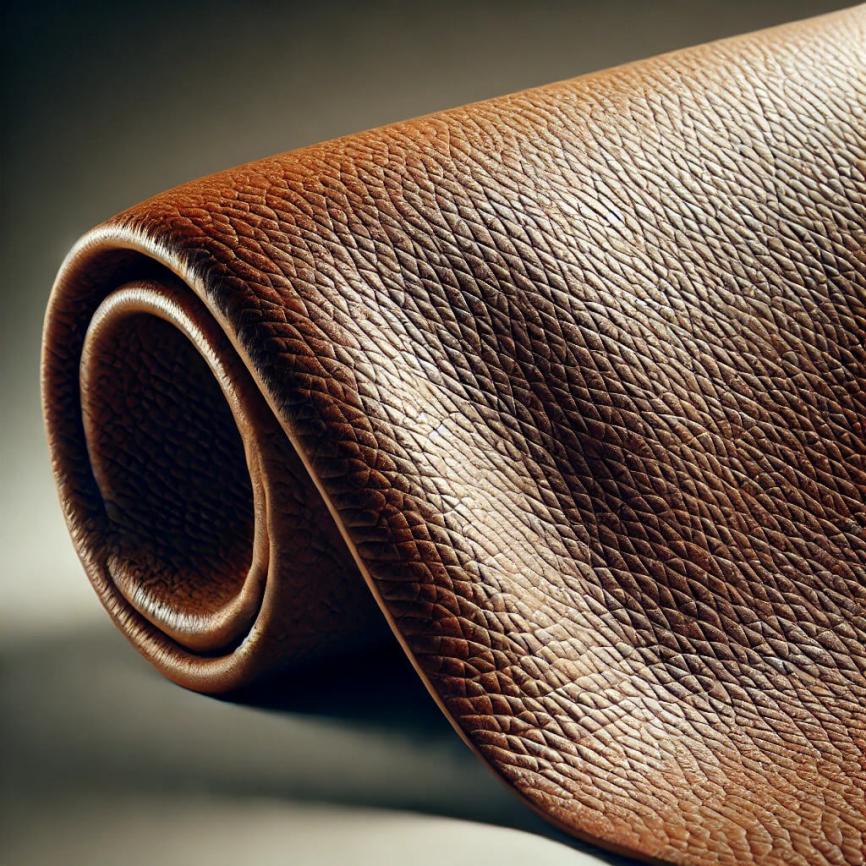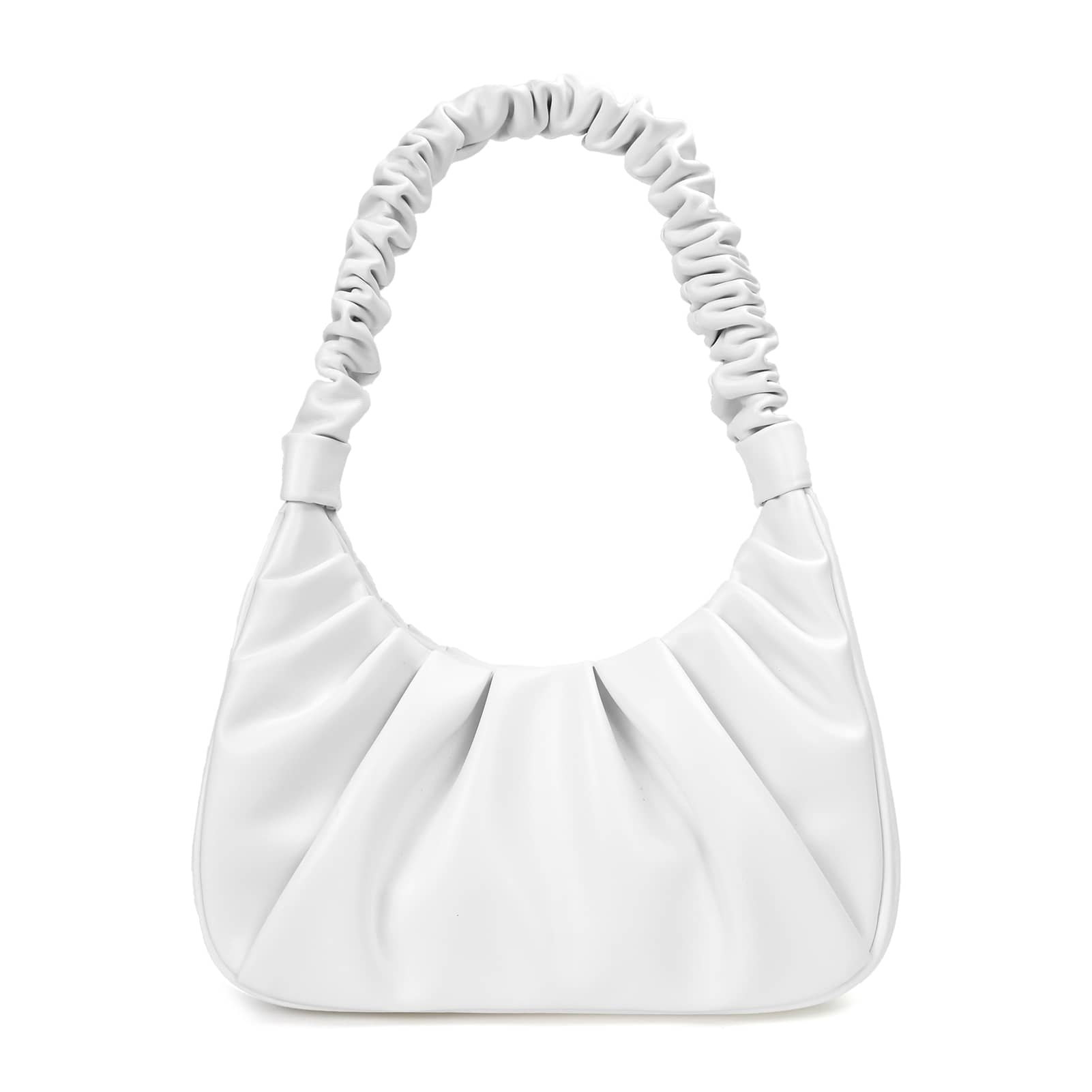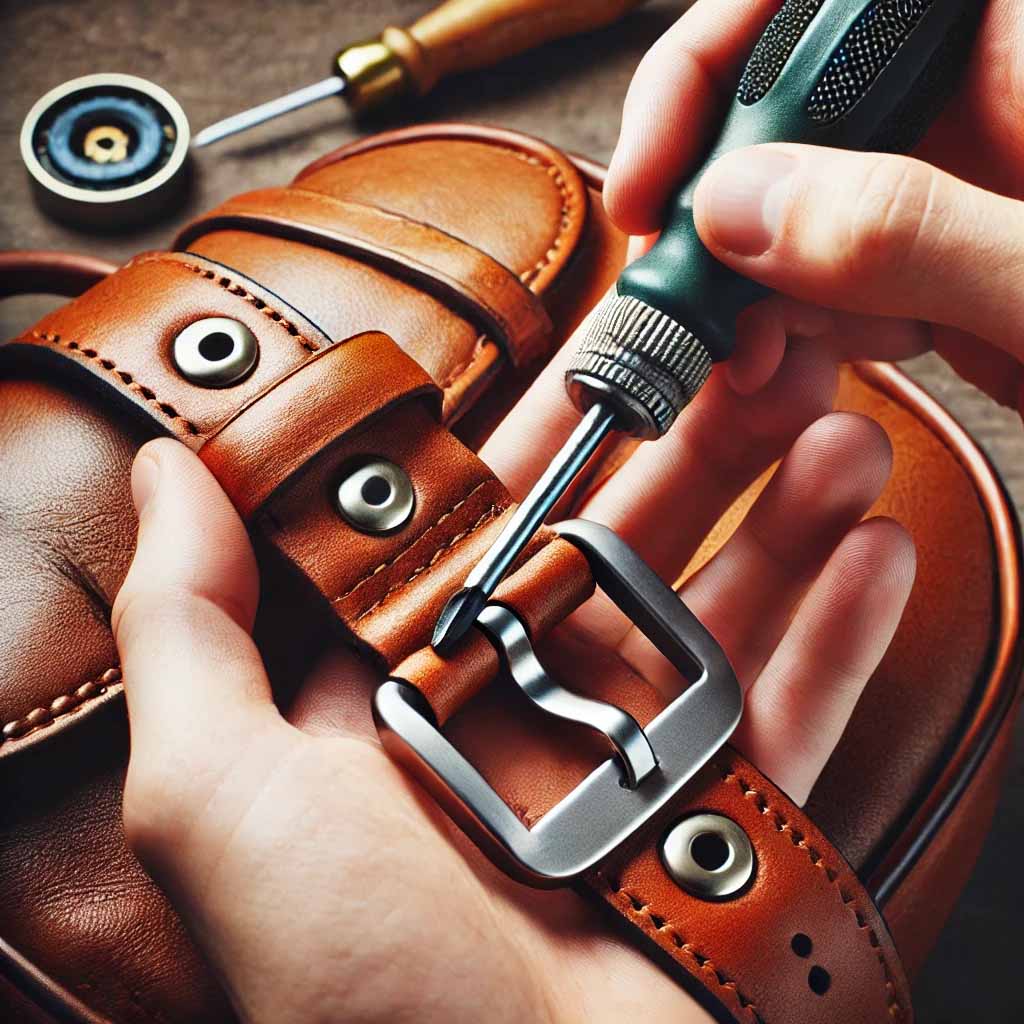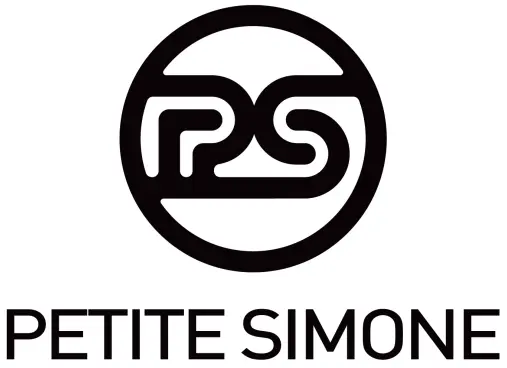HOME GUIDES HOW DURABLE IS VEGAN LEATHER
How Durable Is Vegan Leather
Written by Erin Sullivan
Vegan leather is often touted as a durable alternative to animal leather, offering similar aesthetics without the ethical concerns. It is designed to withstand the rigors of daily use while maintaining its appearance over time.
Unlike traditional leather, which requires significant maintenance to prevent cracking and drying, vegan leather is engineered to be more resilient against environmental factors such as moisture and sunlight.
This durability makes vegan leather an attractive option for those who desire both style and substance in their accessories.
Why Durability Matters in Choosing Vegan Leather Products?
Durability is a key factor in choosing any product, and vegan leather is no exception.
The longevity of a material directly impacts its environmental footprint, the longer it lasts, the less frequently it needs to be replaced, thus reducing waste.
Additionally, the durability of vegan leather is a testament to its quality and craftsmanship, making it a wise investment for consumers who prioritize both sustainability and value.
By choosing durable vegan leather products, consumers can enjoy the benefits of their purchases for years to come, while also supporting ethical manufacturing practices.
What is Vegan Leather?
Vegan leather is a synthetic material that replicates the look and feel of traditional leather without using animal products.
It is typically made from a variety of materials, including plastics like polyurethane (PU) and polyvinyl chloride (PVC), as well as more innovative options like recycled plastics and plant-based alternatives.
Despite its synthetic nature, vegan leather can mimic the texture, softness, and durability of genuine leather, making it a popular choice for fashion accessories, furniture, and automotive interiors.
How Vegan Leather is Made: The Production Process
The production process of vegan leather varies depending on the materials used.
For PU and PVC vegan leather, the process involves coating a fabric base—usually polyester or cotton—with a plastic layer to give it a leather-like finish.
This plastic coating can be textured to mimic the grain of animal leather, resulting in a product that closely resembles the real thing.
In contrast, plant-based vegan leather, such as those made from pineapple leaves or mushrooms, undergoes a different process where the plant fibers are treated and processed into a durable, leather-like material.
The production of vegan leather is generally less resource-intensive than that of animal leather, contributing to its appeal as an eco-friendly alternative.
Common Materials Used in Vegan Leather Manufacturing
Vegan leather can be made from a range of materials, each with its own unique properties.
The most common are PU and PVC, both of which offer flexibility, water resistance, and affordability.
Recycled plastics are another popular choice, especially among brands aiming to reduce their environmental impact.
Plant-based materials, such as Piñatex (made from pineapple leaves) and mushroom leather, represent the cutting edge of vegan leather technology, offering a sustainable option that is biodegradable and free from harmful chemicals.
Each material brings different strengths and challenges, which we will explore further in this article.
Comparison Between Vegan Leather and Genuine Leather
When comparing vegan leather to genuine leather, several factors come into play, including durability, appearance, and maintenance.
Genuine leather is known for its long-lasting nature and ability to develop a rich patina over time.
However, it requires regular care to prevent damage and can be prone to cracking and fading if not properly maintained.
Vegan leather, on the other hand, is designed to be more resistant to environmental factors, though it may not develop the same patina as genuine leather.
While both materials have their merits, the choice between vegan and genuine leather often comes down to personal values and lifestyle needs.
Types of Vegan Leather and Their Durability
PU Vegan Leather: Pros and Cons
PU vegan leather is one of the most widely used types, known for its soft texture and flexibility.
It is relatively affordable and can be produced in a variety of finishes, from matte to glossy.
However, PU leather is not without its drawbacks. While it offers decent durability, it can be prone to cracking and peeling over time, especially with heavy use.
The longevity of PU leather depends largely on the quality of the material and the care it receives.
PVC Vegan Leather: Strengths and Weaknesses
PVC vegan leather is another common type, known for its robust nature and high resistance to moisture.
It is often used in products that require a higher level of durability, such as upholstery and outdoor gear.
However, PVC leather is less flexible than PU and can feel stiffer to the touch.
Additionally, the production of PVC involves the use of chemicals that are not environmentally friendly, which may be a consideration for eco-conscious consumers.
Recycled Plastic Vegan Leather: Sustainability and Longevity
Recycled plastic vegan leather is a newer entrant in the market, offering a sustainable option that repurposes waste materials.
This type of vegan leather is often made from PET bottles and other post-consumer plastics, reducing the need for virgin materials.
Recycled plastic leather tends to be durable and resistant to wear, making it a good choice for those seeking a long-lasting, eco-friendly alternative.
However, the durability can vary depending on the specific manufacturing process and the quality of the recycled materials used.
Plant-Based Vegan Leather: The New Frontier
Plant-based vegan leather represents the cutting edge of vegan leather technology, with materials derived from sources like pineapple leaves, cork, and mushrooms.
These materials are not only sustainable but also biodegradable, making them an excellent choice for environmentally conscious consumers.
While plant-based leather is still relatively new, it shows great promise in terms of durability and versatility.
However, as with any new technology, there may be variations in quality and performance, so consumers should research specific brands and products before making a purchase.
Factors Influencing the Durability of Vegan Leather
Material Quality: How It Affects Longevity
The quality of the materials used in vegan leather manufacturing plays a crucial role in determining its durability.
High-quality materials are less likely to degrade over time and are better equipped to withstand daily wear and tear.
Conversely, lower-quality vegan leather may look and feel similar to its higher-end counterparts but may not hold up as well under extended use.
Consumers should pay attention to the materials used and consider investing in higher-quality vegan leather for products that need to last.
Craftsmanship: The Role of Manufacturing in Durability
Craftsmanship is another critical factor in the durability of vegan leather. The way a product is constructed, including the stitching, edging, and overall design, can significantly impact its longevity.
Well-made vegan leather products are more likely to resist common issues like peeling, cracking, and tearing. Consumers should look for signs of quality craftsmanship, such as even stitching, reinforced edges, and smooth finishes, when choosing vegan leather products.
Usage Patterns: How Often You Use It Matters
The frequency and intensity of use can greatly influence the lifespan of vegan leather products.
Items that are used daily, such as handbags or shoes, are more likely to show signs of wear sooner than those used occasionally.
Understanding how often and in what conditions a product will be used can help consumers choose the right type of vegan leather and take appropriate care to extend its life.
Environmental Factors: Heat, Moisture, and Their Impact on Vegan Leather
Environmental factors such as heat, moisture, and sunlight can affect the durability of vegan leather.
Prolonged exposure to high temperatures can cause the material to become brittle and crack, while excessive moisture can lead to mold and mildew growth.
Sunlight can also cause fading and discoloration over time. To preserve the longevity of vegan leather, it is essential to protect it from these environmental stressors whenever possible.
Maintenance: The Key to Long-Lasting Vegan Leather
Proper maintenance is key to ensuring the durability of vegan leather.
Regular cleaning, conditioning, and storage in appropriate conditions can significantly extend the life of vegan leather products.
Unlike genuine leather, which requires specific conditioning products, vegan leather can often be cleaned with simple, mild cleaners and water.
However, it is important to follow the manufacturer's care instructions to avoid damaging the material.
Testing the Durability of Vegan Leather
Abrasion Resistance: How Vegan Leather Stands Up to Wear and Tear
Abrasion resistance is a critical factor in determining the durability of vegan leather.
This refers to the material's ability to withstand surface wear caused by friction.
High abrasion resistance means the vegan leather is less likely to show signs of wear, such as scuffs and scratches, even after prolonged use.
Testing for abrasion resistance typically involves rubbing the material against a rough surface to see how it holds up.
Tear Strength: Can Vegan Leather Withstand Daily Use?
Tear strength is another important measure of durability, indicating how well vegan leather can resist tearing under stress.
A high tear strength means the material is less likely to rip or split, even when subjected to heavy loads or sharp objects.
This is particularly important for products like bags and upholstery that need to endure daily use.
Water Resistance: How Vegan Leather Handles Moisture
Water resistance is a key factor for any material, especially for items that may be exposed to rain or spills.
Vegan leather is generally more water-resistant than genuine leather, thanks to its synthetic nature.
However, the level of water resistance can vary depending on the specific type of vegan leather.
Testing for water resistance involves exposing the material to moisture and observing how well it repels or absorbs water.
Flexing Endurance: Durability Under Continuous Use
Flexing endurance refers to the ability of vegan leather to withstand repeated bending and flexing without cracking or losing its shape.
This is particularly important for products like shoes, belts, and handbags, which are subjected to constant movement.
Testing for flexing endurance typically involves bending the material repeatedly to see how well it holds up over time.
Common Durability Concerns with Vegan Leather
Cracking and Peeling: Why It Happens and How to Prevent It
Cracking and peeling are common concerns with vegan leather, particularly with lower-quality materials.
These issues often arise from exposure to extreme temperatures or improper care.
To prevent cracking and peeling, it is important to keep vegan leather products away from direct sunlight and heat sources and to clean and condition them regularly according to the manufacturer's instructions.
Fading: How Vegan Leather Responds to Sunlight
Fading is another potential issue with vegan leather, especially for items that are frequently exposed to sunlight.
Over time, UV rays can cause the color of vegan leather to fade, leading to a less vibrant appearance.
To minimize fading, it is advisable to store vegan leather products in a cool, shaded area when not in use and to use UV-protectant sprays if recommended by the manufacturer.
Stiffness Over Time: Why Some Vegan Leathers Become Brittle
Some types of vegan leather can become stiff and brittle over time, particularly if they are not properly maintained.
This is often due to the loss of plasticizers, which are added to synthetic materials to keep them flexible.
To prevent stiffness, regular conditioning with a suitable product can help maintain the flexibility of vegan leather.
Odor Retention: Does Vegan Leather Hold Smells Longer?
Odor retention is a concern for some vegan leather products, especially those made from certain synthetic materials.
Unlike genuine leather, which has natural breathability, vegan leather can sometimes trap odors, leading to an unpleasant smell.
To avoid this issue, it is important to keep vegan leather products clean and dry and to store them in well-ventilated areas.
How to Extend the Life of Vegan Leather Products
Proper Cleaning Techniques for Vegan Leather
Cleaning vegan leather requires a gentle approach to avoid damaging the material.
A soft cloth, mild soap, and water are usually sufficient for routine cleaning. It is important to avoid harsh chemicals or abrasive cleaners, as these can cause the material to degrade.
For tougher stains, a specialized vegan leather cleaner may be necessary.
Always test any cleaning product on a small, inconspicuous area first to ensure it does not damage the material.
Best Practices for Storing Vegan Leather Items
Proper storage is crucial for maintaining the durability of vegan leather products.
Items should be stored in a cool, dry place, away from direct sunlight and heat sources.
If possible, store vegan leather products in dust bags or boxes to protect them from dust and dirt.
Avoid folding or crushing vegan leather items, as this can cause creases and damage over time.
DIY Repairs: Fixing Common Vegan Leather Issues at Home
Minor repairs to vegan leather can often be done at home with the right tools and materials.
Small scratches or scuffs can be buffed out with a soft cloth, while tears and holes can be patched using a vegan leather repair kit.
For more significant damage, it may be necessary to seek professional help to ensure the repair is done correctly.
When to Seek Professional Help for Vegan Leather Restoration
In some cases, professional restoration may be necessary to address more serious issues with vegan leather products.
This is especially true for high-end items or those with significant sentimental value.
A professional can assess the damage and use specialized techniques to restore the item to its original condition, extending its lifespan and preserving its appearance.
Comparing the Durability of Vegan Leather to Other Materials

Vegan Leather vs. Animal Leather: Which Lasts Longer?
The durability of vegan leather compared to animal leather is a topic of much debate.
While genuine leather is known for its long-lasting nature, vegan leather has made significant strides in recent years.
With proper care, high-quality vegan leather can rival, and in some cases surpass, the durability of animal leather.
However, the choice between the two often comes down to personal values and the intended use of the product.
Vegan Leather vs. Synthetic Fabrics: A Durability Comparison
When compared to other synthetic fabrics, vegan leather generally offers superior durability and water resistance.
However, it may not be as breathable as some synthetic fabrics, which can affect comfort in certain applications.
The choice between vegan leather and other synthetic materials will depend on the specific requirements of the product and the preferences of the consumer.
Vegan Leather vs. Natural Fabrics: Pros and Cons in Longevity
Natural fabrics, such as cotton and linen, offer breathability and comfort but may lack the durability and water resistance of vegan leather.
While natural fabrics are more prone to wear and tear, they are also biodegradable and can be a more sustainable choice in certain contexts.
Ultimately, the decision between vegan leather and natural fabrics will depend on the desired balance between durability, comfort, and environmental impact.
Final Thoughts
Vegan leather has come a long way in terms of durability, offering a viable alternative to animal leather and other materials.
With advancements in technology and manufacturing processes, vegan leather products can now provide the longevity and performance that consumers expect.
However, as with any material, the durability of vegan leather depends on the quality of the materials used, the craftsmanship involved, and the care it receives.
Is Vegan Leather the Right Choice for You?
Choosing vegan leather ultimately depends on your values, lifestyle, and specific needs.
If you prioritize sustainability, ethical manufacturing, and long-lasting products, vegan leather can be an excellent choice.
By selecting high-quality vegan leather and taking proper care of it, you can enjoy the benefits of this versatile material for years to come.

.webp)














